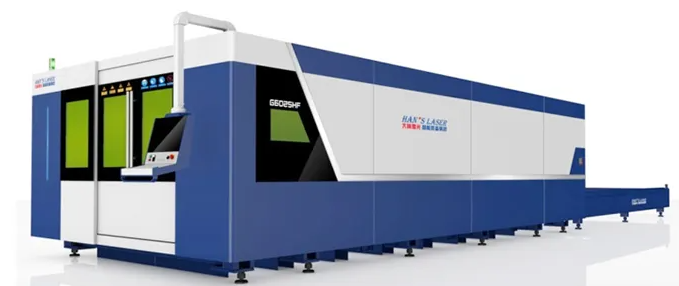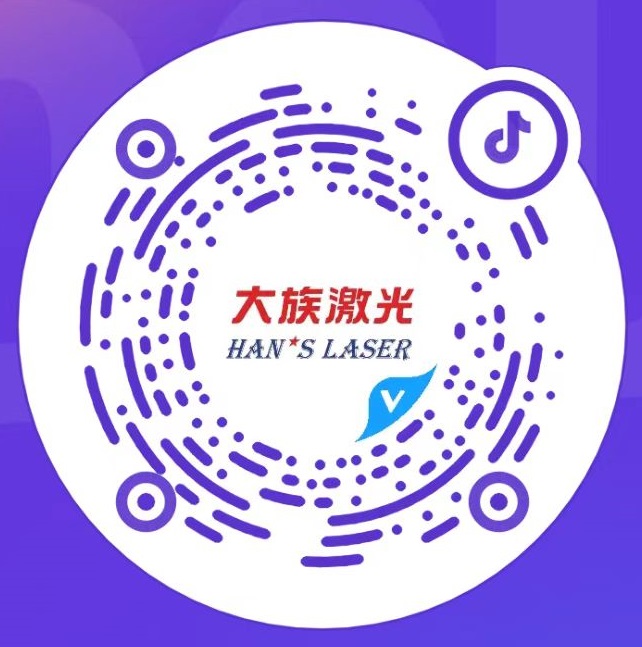What are the advantages of fiber lasers?
(1) Good beam quality.
The waveguide structure of the fiber determines that the fiber laser is easy to obtain single transverse mode output, and is little affected by external factors, so it can achieve high brightness laser output.
(2) High efficiency
For high-power fiber lasers, 915nm or 975nm semiconductor lasers are generally selected, which have a long fluorescence life and can effectively store energy to achieve high-power operation. The overall electro-optical efficiency of commercial fiber lasers is as high as 25%, which is conducive to reducing costs, energy conservation and environmental protection.

(3) Good heat dissipation features.
Fiber laser uses long and thin rare earth doped fiber as laser gain medium, and its surface area and volume ratio are very large. It is about 1000 times that of solid block laser, and has natural advantages in heat dissipation. No special cooling is required for the optical fiber in the case of medium and low power, and water cooling is used in the case of high power, which can also effectively avoid the decline of beam quality and efficiency caused by thermal effects, which are common in solid-state lasers.
(4) Compact structure and high reliability.
Because the fiber laser uses small and soft fiber as the laser gain medium, it is beneficial to compress the volume and save the cost. The pump source is also a semiconductor laser that is small in size and easy to be modularized. Commercial products can generally be output with pigtails. In combination with fiber Bragg gratings and other fiber optic devices, as long as these devices are fused together, full optical fiber can be achieved. It has high immunity to environmental disturbances, high stability, and can save maintenance time and costs.
The waveguide structure of the fiber determines that the fiber laser is easy to obtain single transverse mode output, and is little affected by external factors, so it can achieve high brightness laser output.
(2) High efficiency
For high-power fiber lasers, 915nm or 975nm semiconductor lasers are generally selected, which have a long fluorescence life and can effectively store energy to achieve high-power operation. The overall electro-optical efficiency of commercial fiber lasers is as high as 25%, which is conducive to reducing costs, energy conservation and environmental protection.

(3) Good heat dissipation features.
Fiber laser uses long and thin rare earth doped fiber as laser gain medium, and its surface area and volume ratio are very large. It is about 1000 times that of solid block laser, and has natural advantages in heat dissipation. No special cooling is required for the optical fiber in the case of medium and low power, and water cooling is used in the case of high power, which can also effectively avoid the decline of beam quality and efficiency caused by thermal effects, which are common in solid-state lasers.
(4) Compact structure and high reliability.
Because the fiber laser uses small and soft fiber as the laser gain medium, it is beneficial to compress the volume and save the cost. The pump source is also a semiconductor laser that is small in size and easy to be modularized. Commercial products can generally be output with pigtails. In combination with fiber Bragg gratings and other fiber optic devices, as long as these devices are fused together, full optical fiber can be achieved. It has high immunity to environmental disturbances, high stability, and can save maintenance time and costs.








